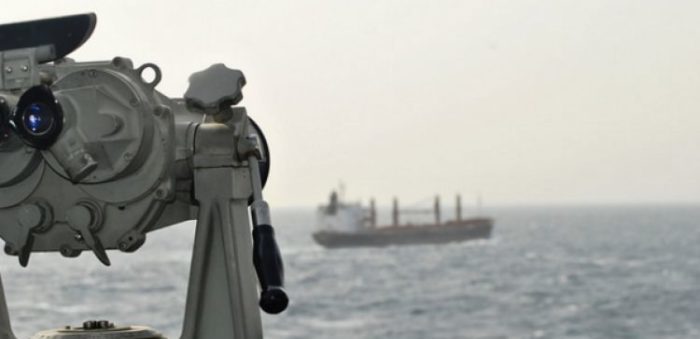The 2017 Annual Report of the International Maritime Bureau (IMB) reported a decrease in piracy incidents globally with 180 reported incidents in 2017, down from 191 in 2016 and 246 in 2015. On the other hand, ReCAAP ISC reported that, in Asia, there was a 19% increase in the number of piracy incidents in 2017 in comparison to 2016.
According to the Standard Club, in its 3rd Quarter 2018 Report, ReCAAP ISC reported a 3% increase in piracy incidents in Asia from January to September 2018 compared to same period in 2017. The hotspots include anchorages in Bangladesh and off Samarinda, Indonesia, and ships underway in the Straits of Malacca and Singapore.
[smlsubform prepend=”GET THE SAFETY4SEA IN YOUR INBOX!” showname=false emailtxt=”” emailholder=”Enter your email address” showsubmit=true submittxt=”Submit” jsthanks=false thankyou=”Thank you for subscribing to our mailing list”]
In the Philippines, the number of incidents doubled from 2016 to 2017, with 22 incidents reported in 2017. At the third quarter of 2018, the number decreased again, but the danger of vessel hijacks and crew abductions in the Eastern Sabah waters and Sulu and Celebes Seas remains. Namely, small fishing boats and slow-moving tug and barges are under threat, while large bulk carriers and tankers with high freeboards are also potential targets.
In light of these, the Club noted that the threat of piracy is not eliminated. For this reason, operators should be careful when trading to areas where the threat of piracy attacks exists, and follow best practices.
Moreover, an operator’s exposure after an incident of piracy or armed robbery at sea could lead to pollution, wreck removal, and General Average losses.






























































